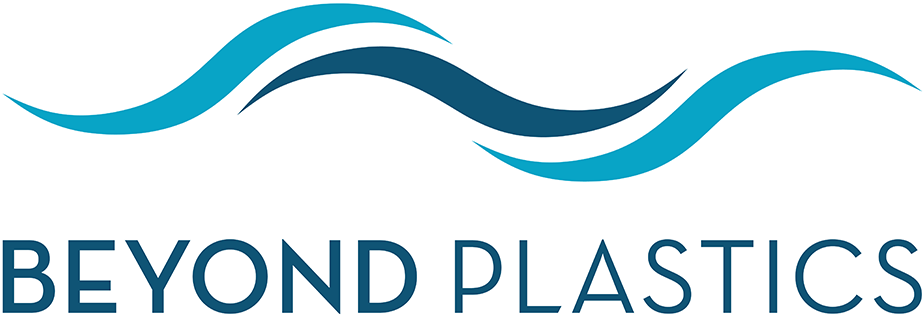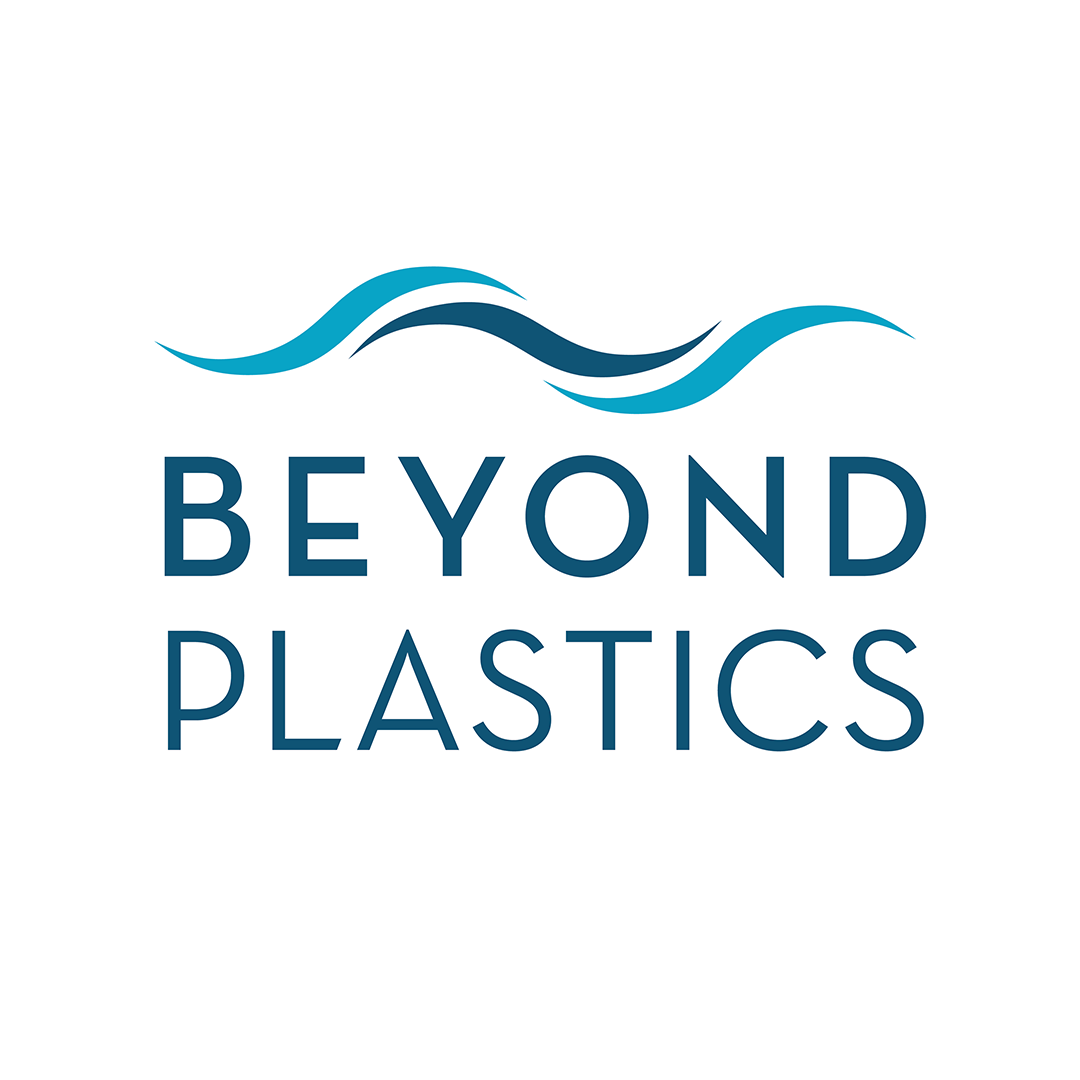Demystifying ‘Compostable’ and ‘Biodegradable’ Plastics
Although Beyond Plastics is a staunch advocate of composting the food scraps and yard waste that makes up more than 50% of the municipal waste stream, bioplastics and other compostable plastics are rarely the great solution they might seem to be.
TERMINOLOGY
The word ‘bioplastics’ does not have a standardized definition and is often used to refer to plastic that is either bio-based, biodegradable or compostable and can even include up to 80% fossil fuel-based plastic.
‘Bio-based plastic’ refers to plastics made not from fossil fuel building blocks but from plant material, such as corn, sugar beets or potato starch. Bio-based plastics only represent about 1% of the plastics available on the market. They are made using the same processes as traditional plastics. That means they may contain chemical additives — and even less is known about the potential toxicity of those chemicals than the ones in conventional plastics.
‘Biodegradable plastic’ refers to a product that can break apart naturally in the environment, but without a specific timeline. Depending on the product, it can take months or centuries. Some “biodegradable plastic” is also made from fossil fuels.
‘Compostable plastic’ can be broken apart by microbes under controlled conditions (for oxygen, temperature, and moisture) at a commercial composting facility. Certified, compostable bioplastics are engineered to fully decompose within 12 weeks at a commercial composting facility. Most U.S. communities do not have access to these facilities, and the majority of U.S. commercial and municipal composters do not accept compostable packaging.
PROBLEMS
Toxicity: Bioplastics are made using the same processes as traditional plastics. That means they may contain the same chemical additives that are used in traditional plastics. They may also contain different chemical additives — and even less is known about the potential toxicity of those chemicals than the ones used in conventional plastics.
One common mistake people make is assuming that all chemicals are proven safe before being used in plastics (or other products) when, at least here in the United States, this is, unfortunately, not the case.
Lack of Regulation: No federal standards define or regulate bioplastic, biodegradable, or compostable products. Most states do not require ‘compostable’ products to be certified, which leads to consumer confusion. Manufacturers can label products as biodegradable or compostable without meeting any standards. This is why any bioplastic product must be carefully vetted.
Heavy Environmental and Carbon Footprint: Although compostable and bioplastic packaging and service ware are touted as being environmentally friendly, they may have even greater environmental impacts than their conventional plastic counterparts. When you consider their lifetime impact, compostable products and bioplastics often produce significantly more greenhouse gas emissions (GHGs) than single-use plastic due in part to the emissions created during the agricultural phase. And when compostable products end up in a landfill or incinerator, their climate footprint increases: compostable packaging that ends up in landfills releases methane, a greenhouse gas roughly 30 times more potent than carbon dioxide.
Resource-Intensive: In addition to the greenhouse gases produced, growing the crops to make these materials also requires significant amounts of fossil fuels, farmland, and water — all precious resources that can and should be used to grow actual food.
Compostable Plastics Increase Contamination: Composting facilities increasingly do not want bioplastics, and many don’t accept compostable foodware because of the contamination they cause — both in terms of chemicals like PFAS but also because of confusion around what is compostable. Accepting food packaging and serviceware leads to a lot of unwanted, non-biodegradable items getting tossed in with them, which means the end product contains a lot of conventional plastic. For example, composters serving the state of Oregon ask residents not to put any plastic compostable foodware in their green bins. Many commercial composting facilities in California also do not accept bioplastics, and some don’t accept any foodware at all.
PRINT OUT THE TRIFOLD BROCHURE WITH CHECKLIST
Download our easy guide to bioplastics below. Please note that this guide is designed as a trifold, and you should fold it along the dotted lines. Print it to keep it handy or to leave a copy with any businesses, restaurants, or schools you may visit in your town, neighborhood, or city.
GET THE FACTS
FIND MORE INFORMATION
You might find the following web sites, fact sheets, reports, case studies, and articles helpful.
Demystifying ‘Compostable’ and ‘Biodegradable’ Plastics | July 2024 | Beyond Plastics
Bioplastics Are Trash: The Unforeseen Environmental Consequences of PLA from Production to Disposal | March 2024 | Eunomia Research and Consulting
Compostable packaging’s contested, complicated past doesn’t determine its future | Packaging Dive | December 2023
Evidence of compost contamination with per- and polyfluoroalkyl substances (PFAS) from “compostable” food serviceware | BioInterphases Journal | May 2023
Bio-Based Plastics Aim to Capture Carbon. But at What Cost? | Wired | December 2022
The Big Compost Experiment: Using Citizen Science to Assess the Impact and Effectiveness of Biodegradable and Compostable Plastics in UK Home Composting | Frontiers Sustainability | November 2022
Bioplastics: Issues and Concerns (UNEA briefing packet) | GAIA | June 2022
Are Bioplastics and Plant-based Materials Safer Than Conventional Plastics? In Vitro Toxicity and Chemical Composition (study) | Environment International | September 2020
Talking Trash: Bioplastics: A False Solution To Plastic Pollution (PDF) | Changing Markets Foundation | September 2020
Why Bioplastics Will Not Solve The World’s Plastic Problem | Yale Environment 360 | August 2020
The Truth About Bioplastics | Columbia University Climate School | December 2017
Why We Don’t Want Compostable Packaging and Serviceware: A Message From Composters Serving Oregon (PDF)
Why Compostables and Bioplastics Aren’t the Answer | UPSTREAM Solutions
Throwing Away the Future | False Impressions: “Bioplastics” - the Latest Form of “Greenwashing” | Greenpeace | September 2019 (pages 10-11)








